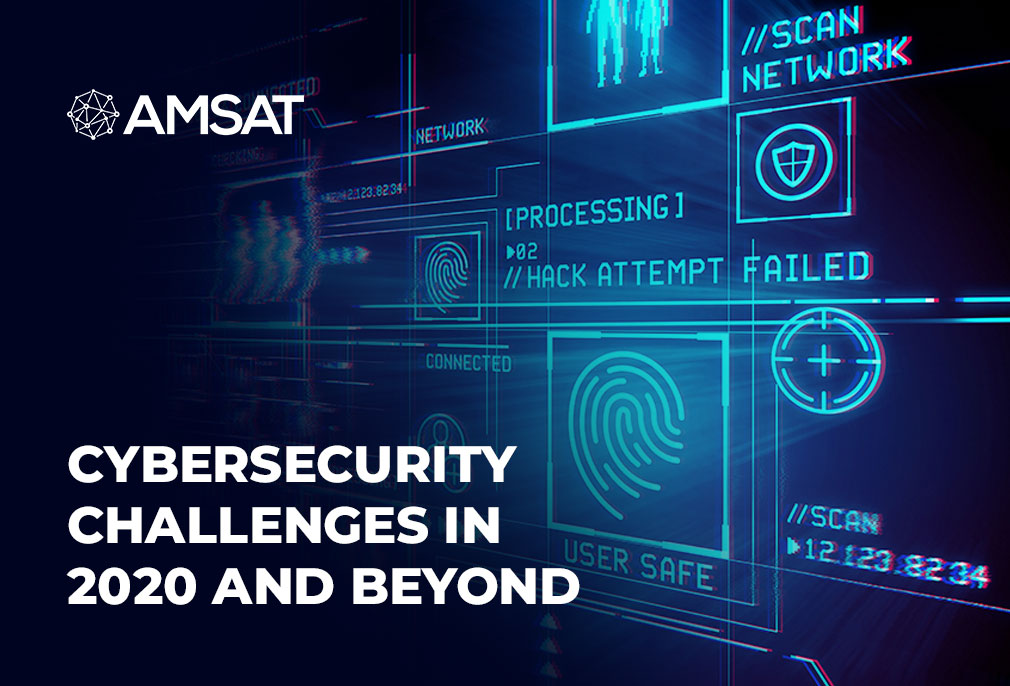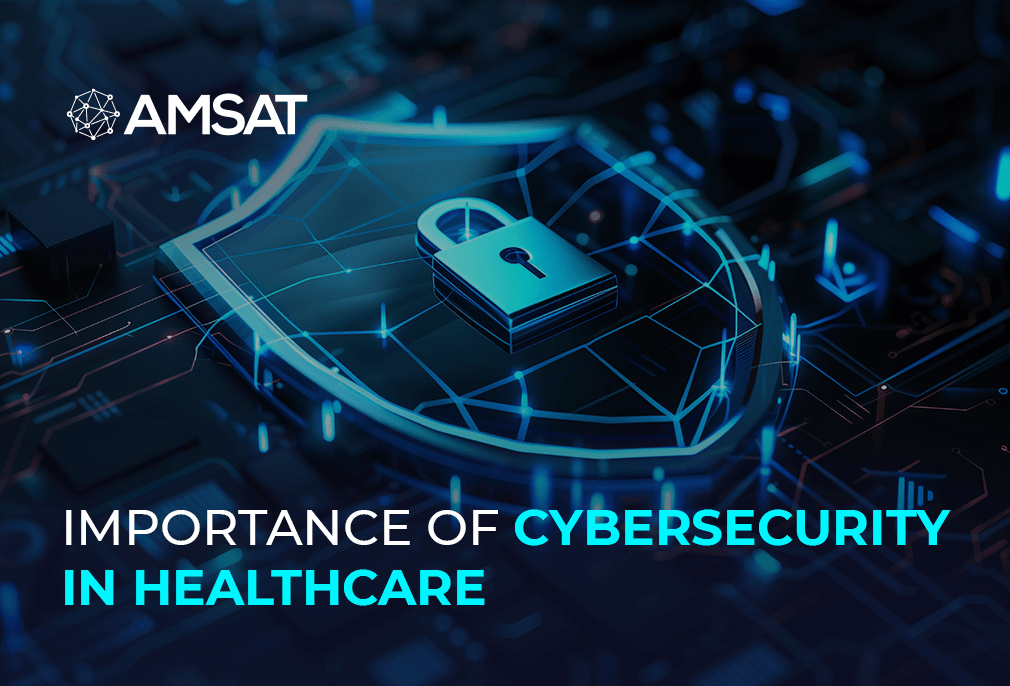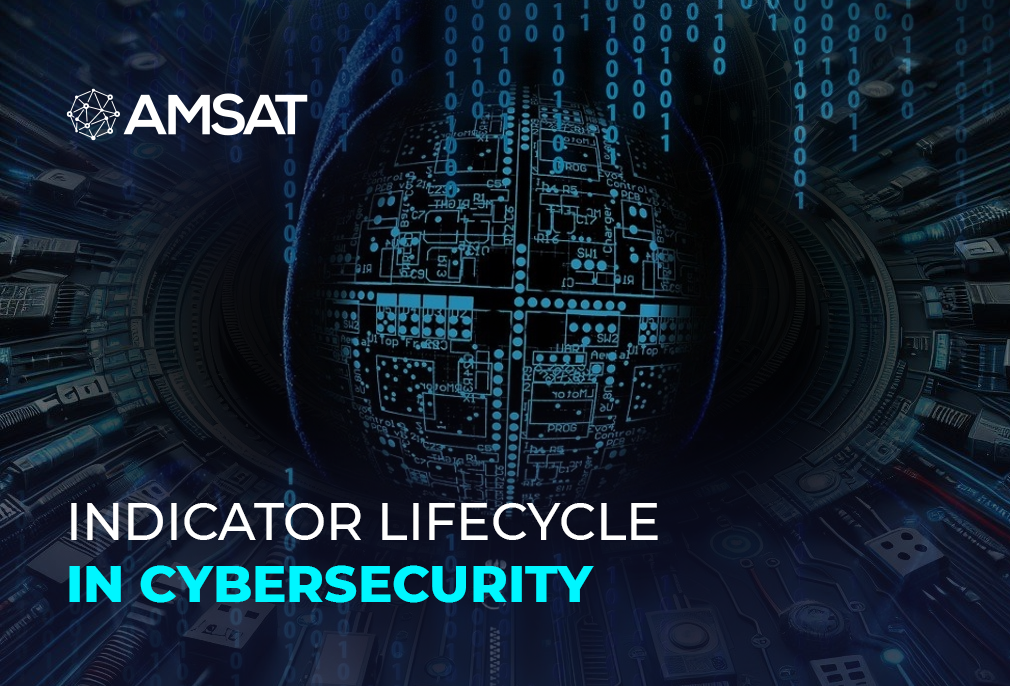Latest Blogs

By AMSAT Oct 02,2020
Cybersecurity Challenges in 2020 and Beyond
In this day and age, when digitization has assumed a whole new level and hackers have found novel ways to infiltrate corporate data and systems, securing privacy has become more important than ever. News about cyber-threats like ransomware, phishing, vulnerability exploits, IoT based attacks, are a dime a dozen these days, with no end in sight. In view of the number of threats organizations—large and small—face the world over, cybersecurity has become a serious concern that needs to be dealt with seriously and effectively.
Organizations are investing in new technologies in such diverse fields as telecommunication, artificial intelligence (AI), space travel, and health sciences. While digitization has its own sets of benefits, it is also highly vulnerable, prompting companies to take concrete measures to keep them from falling prey to cybercriminals and imperiling their privacy and confidentiality. Here are some of the biggest challenges organizations are likely to face in 2020 and beyond.
1. Artificial Intelligence serves both as a deterrent and facilitator in cyber-attack
While artificial Intelligence has done wonders in preempting cyber-attacks, it also, quite bizarrely, serves to facilitate a hacker in carrying out a malicious attack. Following rigorous research and modeling, AI can learn the irregularities in behavior patterns which can be used as a defensive tool, but, sadly, these same methods can be used by hackers and threat actors to execute a cyberattack.
2. Loopholes in technical skills
To prevent cyberattacks from occurring and to evaluate threats in the network, it’s important for organizations, large and small, to invest in training existing staff. Failure to do so will result in the loss of millions of dollars for corporate behemoths. According to research, the average cost of a data breach in 2019 was approximately $3.92m and the cost per lost record was around $150. Companies are immensely investing in making the system sturdy; however, executing these new cutting-edge technologies needs access to highly skilled and experienced technical resource.
3. Cloud Risks
On account of the flexibility and costs incurred in the legacy data center, organizations are moving their important data from legacy data centers to the cloud. Effective configuration and security measures ought to be in place in order to move the data to the cloud; otherwise, odds of falling into a trap can’t be ruled out. Cloud service providers are only meant to secure their platform, while companies are responsible for protecting the companies’ infrastructure from theft and removal over the cloud.
4. Ransomware Threats
This is the headline-grabbing cyberthreat these days; threats of ransomware attacks hitting organizations always loom. Ransomware encodes files or blocks the access on the system or the network, after which the hacker demands ransom contingent on the criticality of the data or the size of the organization. In such cases, the victims, apart from losing the data, may also suffer financial and productivity losses, additional IT costs, and legal fees.
5. Internet of Things (IoT)
Given a phenomenal rise in the adoption of the Internet of Things, security threats such as DDoS and ransomware can be employed to steal important data from both the individual and the organization. Threat actors can easily take advantage of these flaws in IoT infrastructure to perpetrate cyber-attacks.
TAGS
- Cybersecurity
- Artificial Intelligence
- Ransomware Threats
Recent Blogs
Ready to Get Started?
Our specialists are ready to tailor our security service solutions to fit the needs of your organization.










